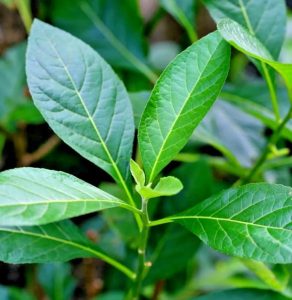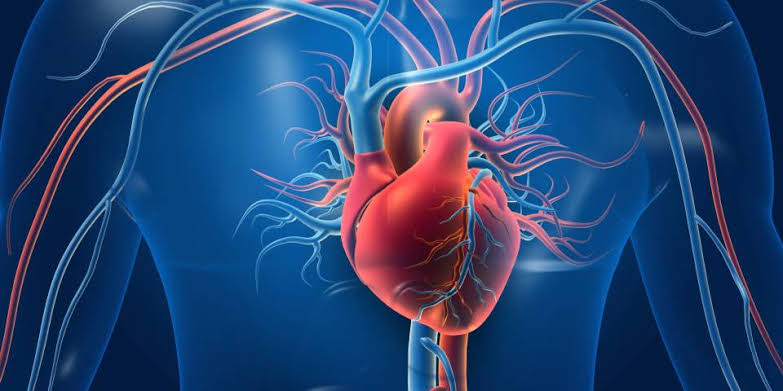Cardiomyopathy is a group of diseases that affect the heart muscle, leading to its weakening, thickening, or stiffening. This condition impairs the heart’s ability to pump blood effectively, which can result in heart failure, arrhythmias, or other serious complications. Cardiomyopathy can affect people of all ages and can be either inherited or acquired.
Causes and Risk Factors
The causes of cardiomyopathy vary depending on the type, but they often include a combination of genetic, environmental, and lifestyle factors. Common causes and risk factors include:
– Genetic Mutations: Inherited forms of cardiomyopathy are caused by mutations in genes that affect the heart muscle’s structure and function.
– Chronic High Blood Pressure: Over time, high blood pressure can lead to thickening of the heart muscle (hypertrophic cardiomyopathy).
– Heart Valve Problems: Conditions that affect the heart valves can lead to cardiomyopathy.
– Chronic Alcohol Use: Long-term alcohol abuse can weaken the heart muscle (alcoholic cardiomyopathy).
– Viral Infections: Certain viruses can infect the heart muscle, leading to inflammation and weakening (viral cardiomyopathy).
– Nutritional Deficiencies: Lack of essential nutrients like vitamin B1 can cause cardiomyopathy.
– Chronic Conditions: Conditions such as diabetes, thyroid disorders, or autoimmune diseases can contribute to the development of cardiomyopathy.
Types of Cardiomyopathy
There are several types of cardiomyopathy, each with different characteristics and implications:
1. Dilated Cardiomyopathy (DCM): The most common type, characterized by an enlarged and weakened heart chamber, which impairs the heart’s ability to pump blood. DCM can be inherited or caused by factors like chronic alcohol use, infections, or exposure to toxins.
2. Hypertrophic Cardiomyopathy (HCM): This type involves the thickening of the heart muscle, particularly the walls of the left ventricle. HCM is often inherited and can lead to obstructed blood flow, arrhythmias, and sudden cardiac death, especially in young athletes.
3. Restrictive Cardiomyopathy (RCM): A less common form where the heart muscle becomes stiff and less flexible, limiting the heart’s ability to fill with blood between beats. RCM can result from conditions like amyloidosis or hemochromatosis, where abnormal proteins or iron deposits accumulate in the heart.
4. Arrhythmogenic Right Ventricular Cardiomyopathy (ARVC): A rare, inherited type where the heart muscle is replaced by fatty or fibrous tissue, particularly in the right ventricle, leading to arrhythmias and an increased risk of sudden cardiac arrest.
5. Takotsubo Cardiomyopathy (Stress-Induced Cardiomyopathy): Often triggered by extreme emotional or physical stress, this type mimics the symptoms of a heart attack but typically resolves with time. It is also known as “broken heart syndrome.”
Symptoms and Diagnosis
Symptoms of cardiomyopathy can vary widely depending on the type and severity of the condition. Common symptoms include:
– Shortness of breath, especially during exertion or while lying flat
– Fatigue and weakness
– Swelling in the legs, ankles, and feet (edema)
– Chest pain, especially after physical activity or a large meal
– Dizziness, lightheadedness, or fainting
– Irregular heartbeats (palpitations)
Diagnosing cardiomyopathy typically involves a combination of a physical exam, medical history, and diagnostic tests. Common tests include:
– Echocardiogram: An ultrasound of the heart that shows its structure and function.
– Electrocardiogram (ECG): A test that records the heart’s electrical activity.
– Cardiac MRI: Provides detailed images of the heart’s structure.
– Blood Tests: To check for markers of heart failure and other conditions.
– Genetic Testing: For individuals with a family history of it.
Treatment and Management

Treatment for it depends on the type, cause, and severity of the condition. The primary goals are to manage symptoms, prevent complications, and improve the heart’s function. Treatment options may include:
– Medications: To manage symptoms like high blood pressure, reduce fluid buildup, and prevent blood clots. Common drugs include beta-blockers, ACE inhibitors, diuretics, and anticoagulants.
– Lifestyle Changes: Patients are often advised to adopt a heart-healthy diet, maintain a healthy weight, avoid alcohol and tobacco, and manage stress.
– Implantable Devices: Devices like pacemakers, defibrillators, or left ventricular assist devices (LVADs) can help regulate the heart’s rhythm and support its function.
– Surgery: In severe cases, surgical options such as septal myectomy (for HCM) or heart transplantation may be considered.
Outlook and Prevention
The outlook for individuals with this varies based on the type and severity of the disease, as well as how early it is diagnosed and treated. While cardiomyopathy is a serious condition, many people manage it successfully with the right treatment and lifestyle adjustments.
Prevention focuses on reducing risk factors, such as managing blood pressure, controlling diabetes, avoiding excessive alcohol consumption, and maintaining a healthy lifestyle. Early detection through regular check-ups, especially for those with a family history of it, can significantly improve outcomes.





























Pingback: Alzheimer’s Disease: Symptoms, Causes, and Care - SimplExplainer